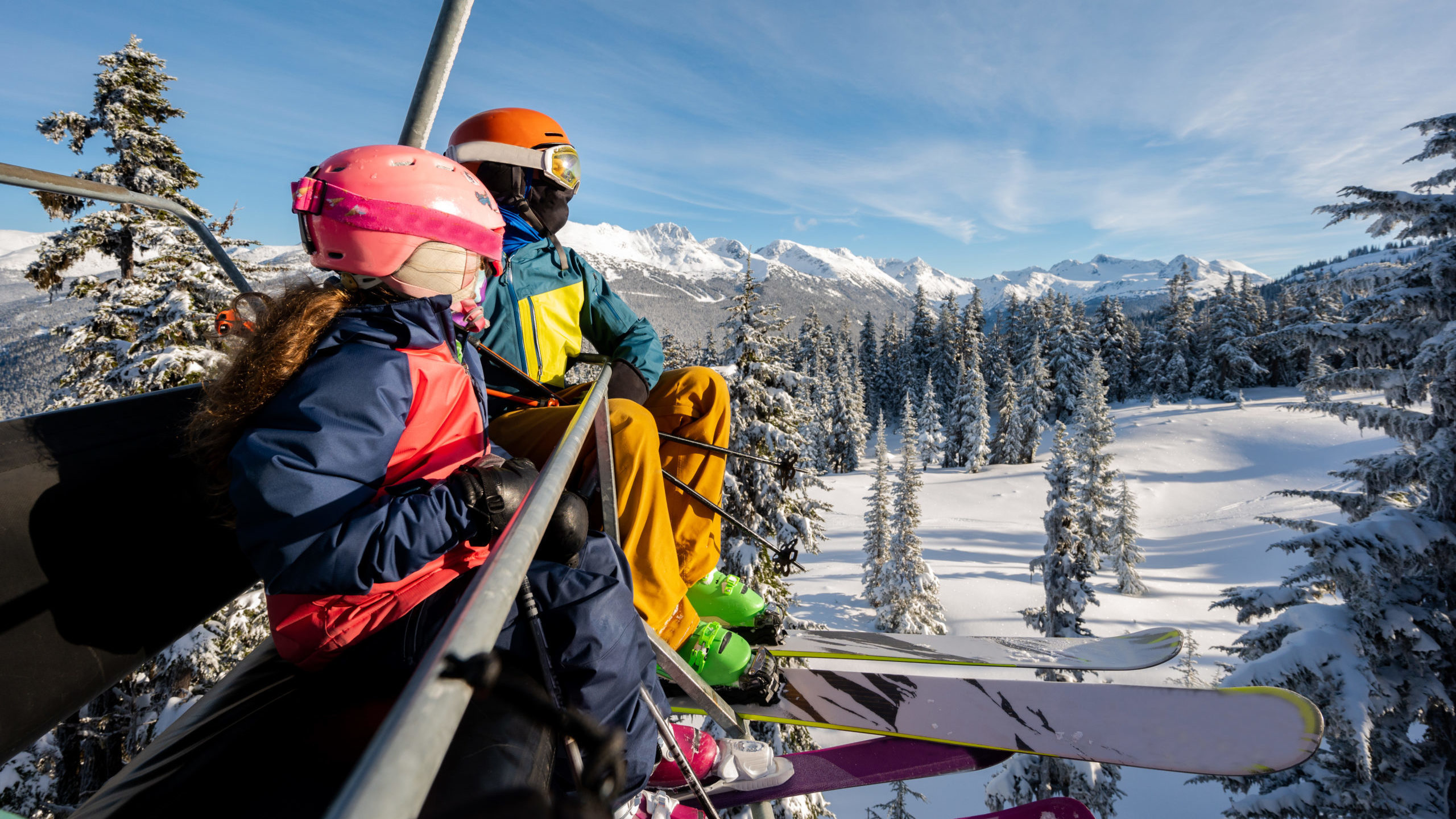It’s 6 a.m. on a Saturday morning – you wouldn’t usually be up so early on a weekend, but the mountains are calling, and your alarm clock is begging you to answer them.
A fresh pot of coffee waits for you in the kitchen as you quickly fry up an egg and toast some bread as you check hill conditions on your phone before warming up the car, loading your gear, and hitting the road.
The sun peaks over the mountains to light your way to the hill. The parking lot is beginning to fill with other early risers, and you are eager to avoid a long line at the gondola.
You hustle to bundle up in warm fleece layers, boots, and a jacket, grab your skis, goggles, poles, helmet, and extra wax before riding the lift to the resort – if you’re lucky, that chairlift may even be heated.
With temperatures hovering above zero degrees, it’s the perfect day to fly down a mountain on one or two sticks, then head home to curl up on the couch in front of your TV and gas fireplace to cheer on the nation’s athletes as they compete on the world stage.
These cold weather pastimes are made possible by petrochemical-based materials; products made from oil and gas and plastics.
The Chemistry Industry Association of Canada estimates 70,000 products used by Canadians every day are made from plastics.
Whether it’s a leisurely skate, or showing off aerial acrobatics in the snowboard park, the various outdoor sports Canadians indulge in during winter would look a lot different without these products.
Sports equipment relies heavily on chemistry to help athletes reach peak performance and provide critical safety and protective functions:
- Lubricants and waxes allow snowboards and skis to carve effortlessly through powder and glide over icy conditions.
- Polycarbonate lenses and visors have built-in UV resistance and deflect harsh glare off the bright snow, are thin and lightweight, and have high impact resistance.
- Helmets are made from polycarbonate: both their hard outer protective shells, and the soft inner padding.
- Flexible spandex gear for downhill skiers, speed skaters, and curlers is made from polyurethane, as are nylon and polyester for your everyday winter jacket.
- Made from organic polymers, carbon fiber’s high-strength and lightweight properties, combined with its versatility and durability make it the chosen material for high performance skis, snowboards, hockey sticks, even fabric.
If enjoying winter sports from the comfort of your own home or in the stands is more your style, even spectator sports depend on oil and gas. The power to keep the lights on and heat the arena, as well as the fuel to transport athletes to competitions around the globe, and the materials used to manufacture your tablet or television are all a result of oil and gas activity.
Beyond the fuels that heat our homes and make things go, petrochemical products from Canadian oil and gas drive the $35 billion Canadian plastics industry that employs nearly 100,000 people in businesses that make and recycle plastic.
Canadian producers have set goals to make this $85 billion industry a circular economy by advancing technologies to allow for 100 per cent of plastic packaging to be recoverable and recyclable by 2030.
The unaltered reproduction of this content is free of charge with attribution to Canadian Energy Centre Ltd.
